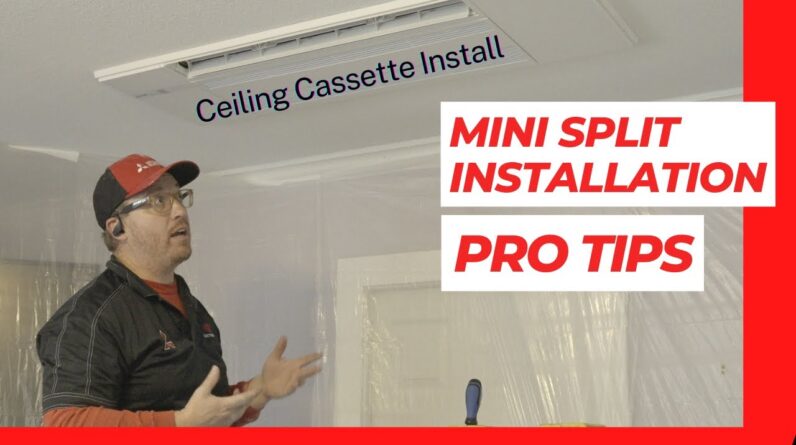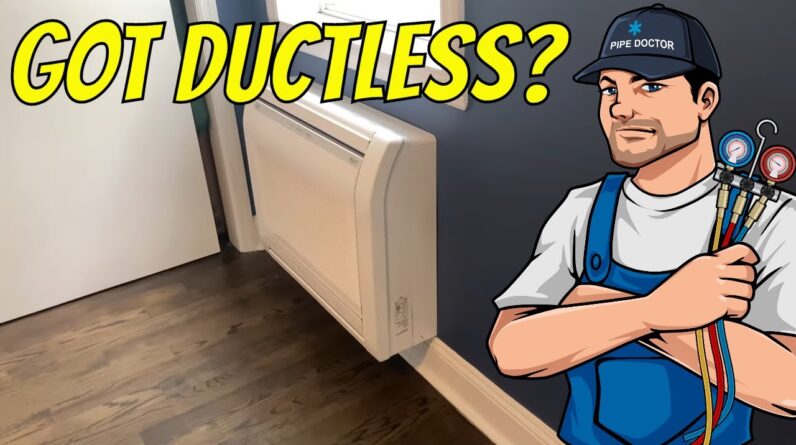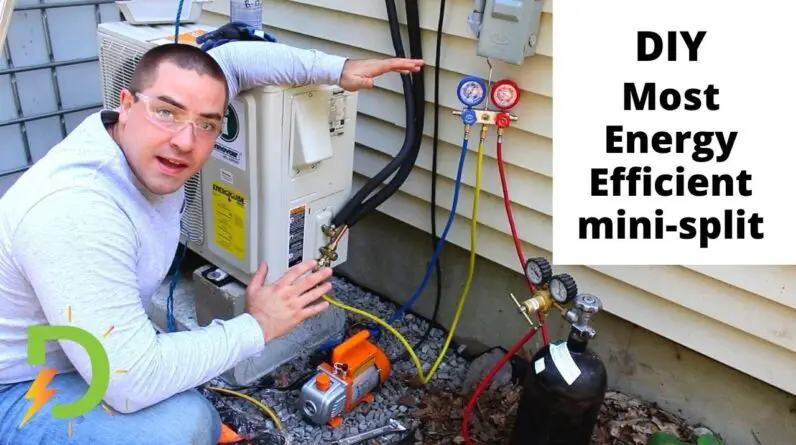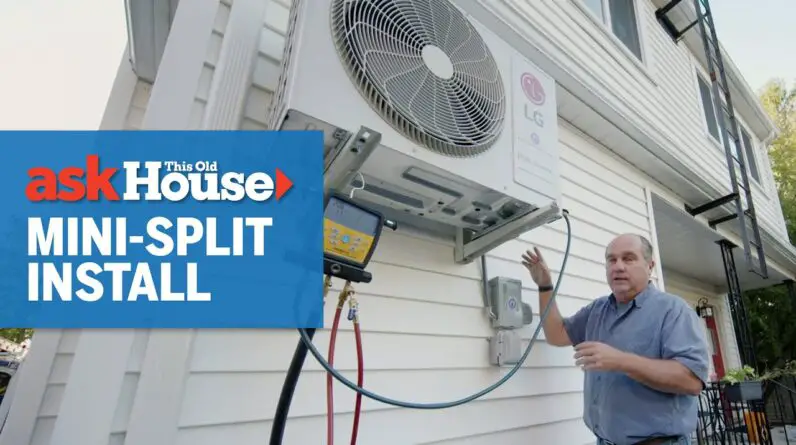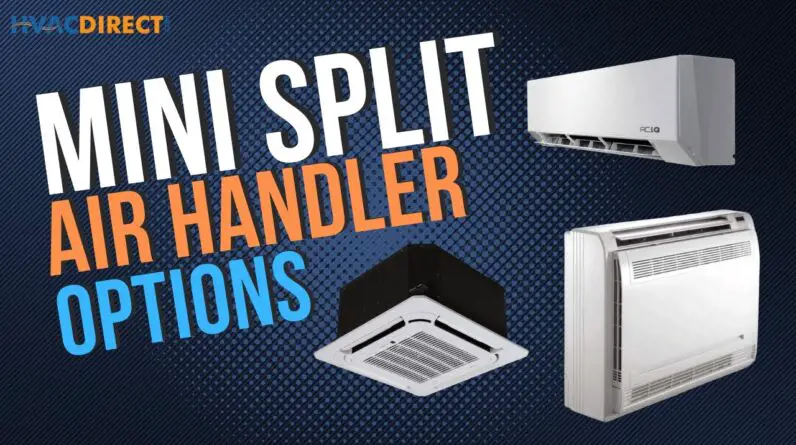Air conditioning is a necessity for many of us, especially during the hot summer months. But with so many options available in the market, it can be difficult to decide which one to choose. One type of air conditioner that has been gaining popularity in recent years is the mini-split system. In this blog post, we’ll explore the top five pros and cons of mini-split air conditioners, and see whether they are a worthwhile investment for your home or office. So, let’s delve into the world of mini-splits and see what all the fuss is about!
Mini Split Air Conditioners: Is the Investment Worth It? Discover the Top 5 Pros and Cons
Introduction
Are you tired of bulky air conditioning units that take up valuable space in your home or workplace? Have you considered investing in a mini-split air conditioning system instead? In this article, we will explore the benefits and drawbacks of mini-split air conditioners, helping you determine whether it’s worth the investment. If you’re wondering whether to go for a mini-split system installation or stick with your current AC unit, read on!
Benefits of Mini Split Air Conditioners
Investing in a mini-split air conditioning system comes with a set of unique benefits that traditional AC units cannot offer. Let’s take a closer look at some of the advantages of mini-split AC systems:
1. Convenience
One significant benefit of a mini-split system is the convenience it provides. Unlike traditional air conditioning units, mini-splits don’t require expensive and extensive ductwork installation. Therefore, the installation process is more straightforward, less invasive, and quicker, making it more convenient for homeowners and business owners.
2. Energy Efficiency
MIni-split air conditioners can be more energy-efficient than traditional HVAC systems. With mini-splits, you can effectively cool your home space and save on your monthly electricity bill. Their energy efficiency can also reduce your carbon footprint and, ultimately, benefit the environment.
3. Noise
Another huge perk of mini-split air conditioning systems is their quiet operation. Unlike traditional AC units that emit a loud and bothersome hum, mini-splits run much more quietly. This is particularly useful for those who seek to maintain a serene environment or who work from home and need to concentrate.
4. Improved Air Quality
Mini-split AC units reduce indoor air pollutants effectively, reducing the spread of allergens and bacteria as well as mold growth. With their multi-stage filtration system, mini-splits can provide better air quality and significantly improve the indoor environment’s overall hygiene.
5. Cost Savings
While mini-splits have a higher upfront cost than traditional AC units, their long-term benefits outweigh their initial price tag. The energy savings, lower repair and maintenance costs, and their long operational lifespan of up to 20 years can save you money in the long run.
Drawbacks of Mini Split Air Conditioners
It’s essential to consider the potential drawbacks of mini-split air conditioners when deciding whether to invest in one. Here are some of the critical cons:
1. Cost
As previously mentioned, the upfront cost for a mini-split air conditioning unit is generally higher than that of a traditional heating and cooling system. However, keep in mind that you’ll ultimately save on your energy bills in the long run.
2. Aesthetics
Mini-split systems are generally unobtrusive, but the truth is that they can be somewhat visually disruptive. They involve pipes and wires, and their installation can sometimes lead to unsightly or bulky components cluttering up your walls or ceiling.
3. Technical Skill
Installing a mini-split system is more complicated than a regular air conditioning unit and requires specialized knowledge. It isn’t something you can do yourself, so it’s essential to hire a professional to get the job done. Additionally, the system’s complex design requires ongoing maintenance and repair from a technician with specific expertise, which can be expensive.
4. Temperature Variation
Mini-split systems can lead to uneven temperature distribution throughout a space, leaving areas too cold and others too warm. This temperature variation can be a drawback, but it’s also dependent on the size of the room, the number of units installed, and their correct placement.
5. Limited Heating Capacity
While mini-split systems can provide both cooling and heating functions, they often have limited heating capacity. If you live in colder regions where temperatures can drop below zero degrees Fahrenheit, a mini-split system might not be sufficient to warm your home effectively.
Conclusion
Before deciding on the best air conditioning system for your home or office, it’s essential to weigh the pros and cons of the available options. Mini-split air conditioners supply a set of unique benefits that make them a popular alternative to traditional units. However, there are also drawbacks to consider, such as a higher upfront cost and increased maintenance responsibilities. Ultimately, it’s up to you to decide whether the benefits of mini-split air conditioners outweigh the drawbacks.
FAQs
1. Are mini-split air conditioners better than regular AC systems?
Mini-split air conditioners offer a set of unique benefits that traditional AC systems cannot provide, such as improved energy efficiency, quieter operation, and better air quality.
2. How long do mini-split air conditioners last?
Mini-split air conditioners can last up to 20 years if correctly installed and maintained.
3. What are the recommended tools for a mini-split air conditioning system installation?
Essential tools for a mini-split air conditioning system installation include a Yellow Jacket flaring tool, an Open Ended Torque Wrench, a VacuMaster Vacuum Pump, and a Manifold Gauge Set.
4. Why should I buy a mini-split heat pump?
Mini-split heat pumps offer several advantages, such as energy savings, improved air quality, a longer lifespan, and quieter operation.
5. What are the downsides of mini-split heat pumps?
The drawbacks of mini-split heat pumps include a higher upfront cost, limited heating capacity, and technical requirements for both installation and maintenance.

